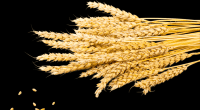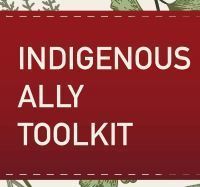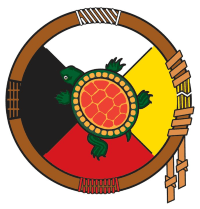In this section, you will find a collection of tools, information and resources for aspiring allies to Indigenous peoples.
-
This webinar will discuss building allyship between Indigenous and non-Indigenous domestic and sexual violence advocacy though understanding and supporting VAWA Tribal Provisions to ensure the safety of native survivors.
It was presented by the National Indigenous Women's Resource Center, NCAI Task Force on Violence Against Women, the National Center Against Domestic Violence, the South Dakota Coalition Ending Domestic and Sexual Violence, and Clan Star, Inc.
-
Created by Lynn Gehl, an Ally Bill of Responsibilities beginning with the two points;
1. Do not act out of guilt, but rather out of a genuine interest in challenging the larger
oppressive power structures
2. Add text in parenthesis “Understand that they (an Ally’s needs) are secondary to the
Indigenous people that they are working with and that they seek to serve. They (Allies)
and their needs must take a back seat.” -
In this webinar, Dr. Healey offered a model based on Inuit perspectives on health-related research epistemologies and methodologies to inform research. In particular, webinar participants were introduced to the Piliriqatigiinniq Community Health Research Model rooted in Inuit concepts and perspectives on health, wellness, and research. This approach may inspire other communities to develop similar frameworks.
-
Collected by Gaelle Marcel, this toolkit contains a list of resources to help parents approach their children’s schools to advocate for a more inclusive approach to discussing Thanksgiving as well as resources to support teachers wanting to alter their approach to teaching about Native peoples and Thanksgiving.
-
In 2019, the Montreal Indigenous Community Network launched the Indigenous Ally Toolkit, which was created to foster alliances and educate non-Indigenous people and groups on how they can use their privilege to listen, shift power dynamics, and take concrete steps towards ‘reconciliACTION’.
-
This manual was created to specifically outline the process of building a Coordinated Community Response (CCR) in Native communities. This manual separates the creation of building a Coordinated Community Response into a framework for general use, suggesting ways to customize this practice to suit the needs of diverse communities.
-
Social Media can serve as the living voice of your organization and can convey your organization’s story, mission and drive to the general public and your intended audience. Each of your posts tells a piece of your organization’s story. Learn how to vet news stories, share resources, and the basics of what social media platforms are available. Find out how to take advanced approaches to social media such as positioning your page as a news source for your community, to reporting analytics and insights for funders, to seeing what works internally for your organizational needs. This webinar, provided by National Indigenous Women’s Resource Center, will give tribal coalitions an overview of using social media to engage and develop their audience and best practices to aid in telling their organization’s story.
-
This guide contains information on protection orders and Native American women and domestic and sexual violence. It provides specific information on the barriers to justice faced by Native women and tribal communities. The guide contains guidance for practitioners and discipline-specific resources.








